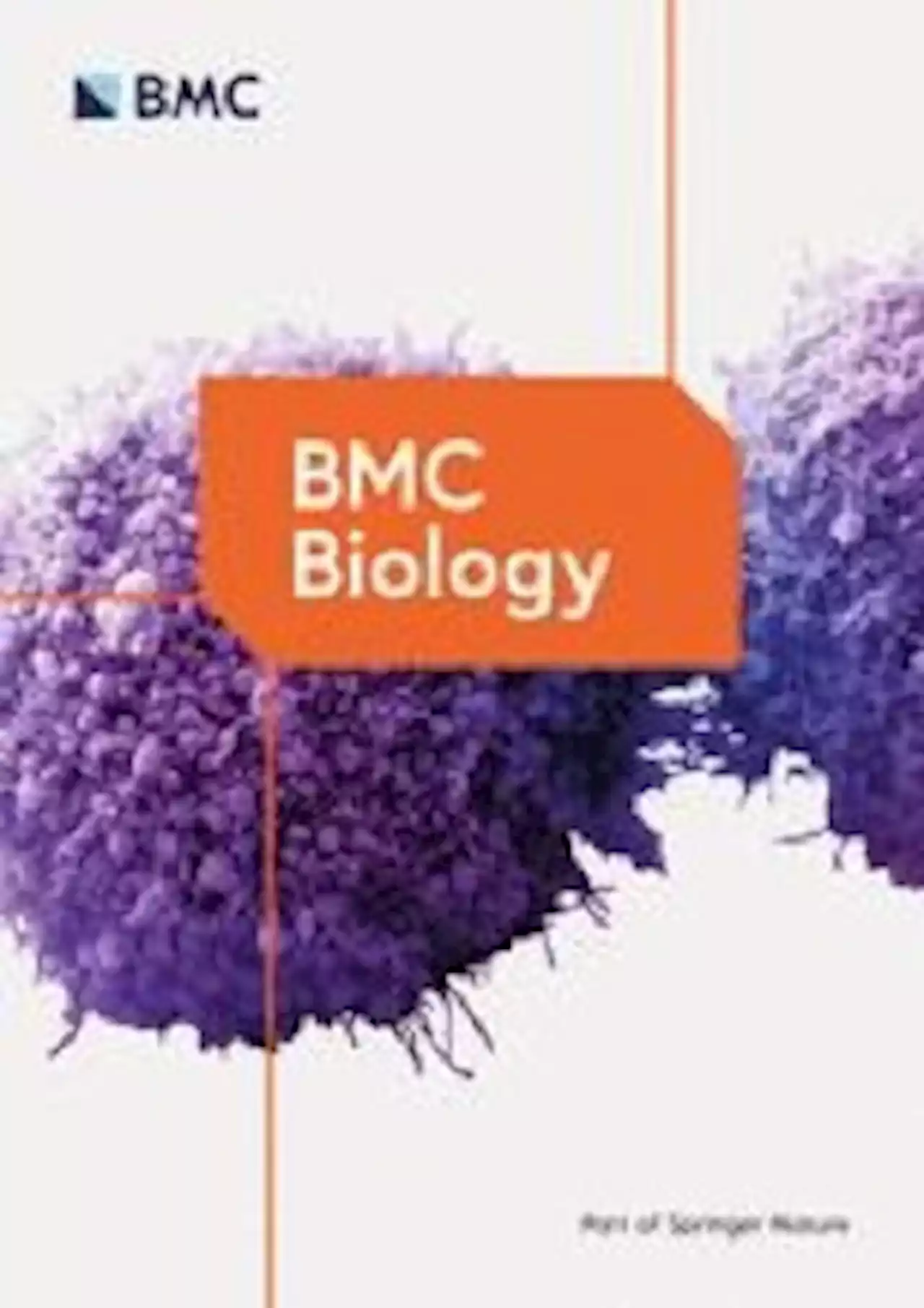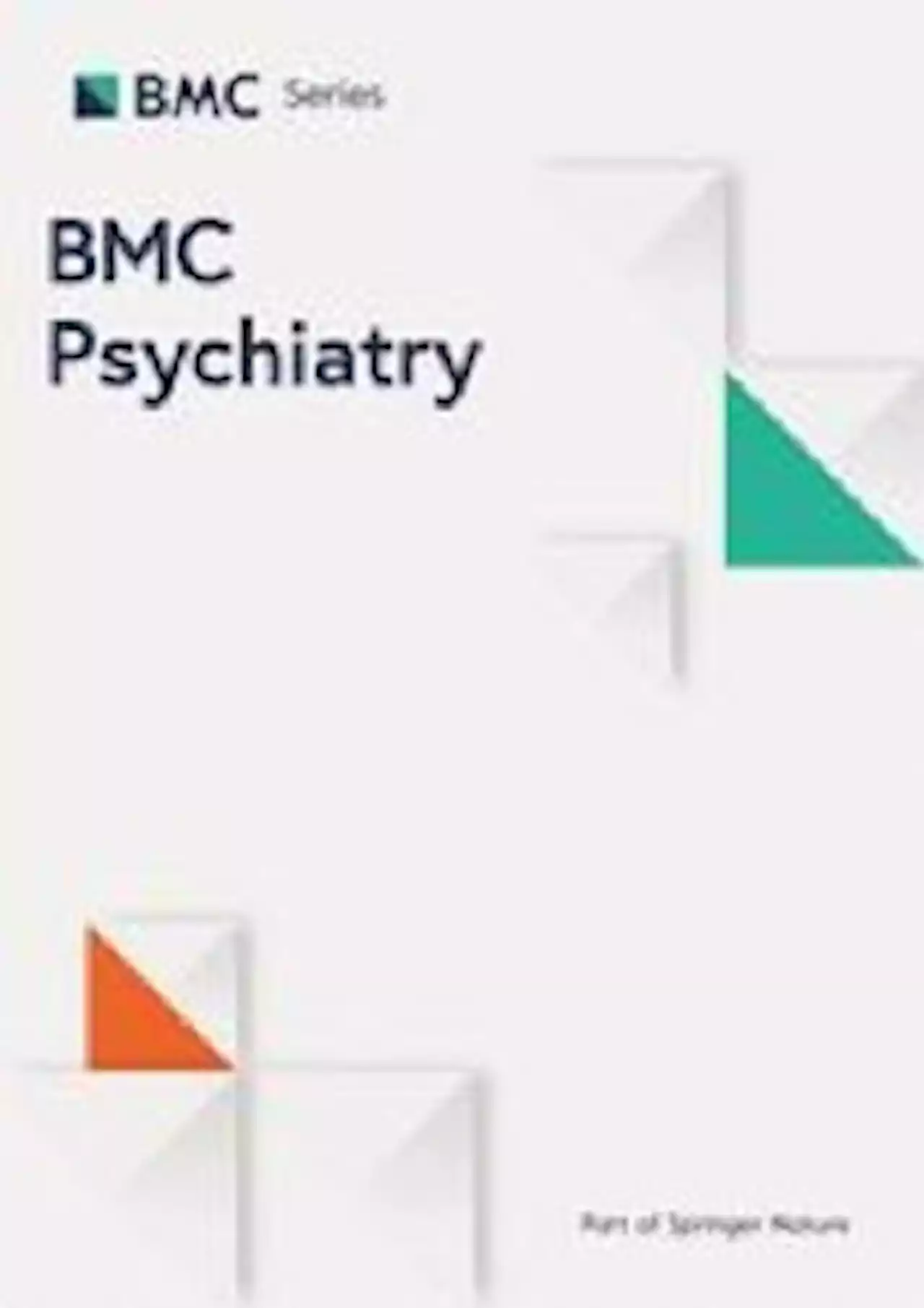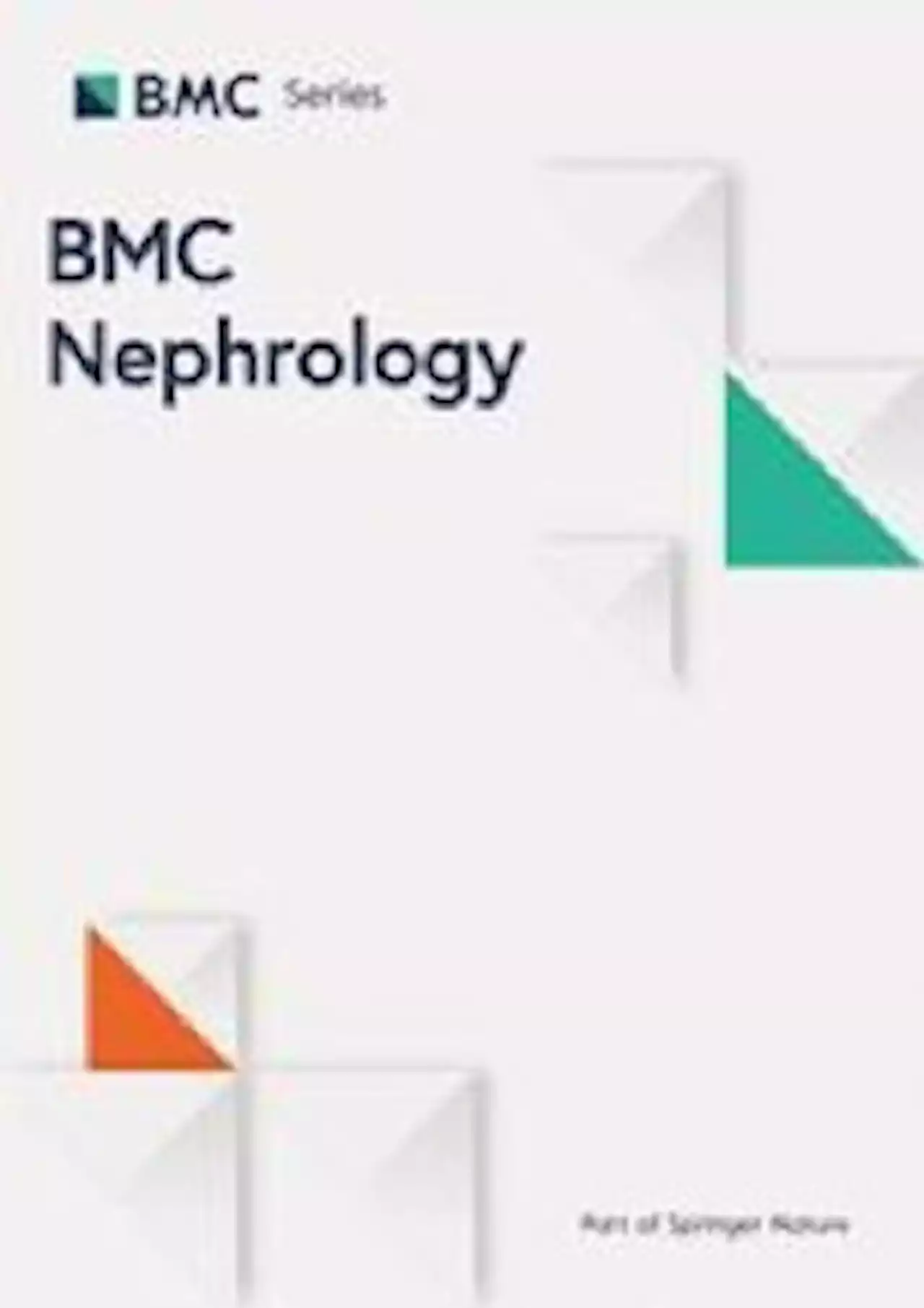An article published in BMCBioInformatics presents PATH-SURVEYOR: a program for inferring survival through pathways, immune components, and drug-induced targets that are predictive of treatment efficacy, especially for high-risk malignancies.
]. Based on the derived feature, patients are divided into high and low levels based on this pathway activity , using either the median, quartiles, or a cutoff specified by the user. For multivariate analysis, a covariate can be selected from the user-provided meta-information file. The multivariate survival analysis can be performed through additive and multiplicative interaction of two or more variables.
where, A contains n set of genes, A = [a1, a2, …, an], B contains m set of genes, B = [b1, b2, …, bm]Next, the pathways can be clustered using the hclust function from R into k-groups . Clusters can be visualized as a dendrogram. To overlap survival-associated gene expression, genes within the pathway can be displayed as a table with a flexible sorting feature and added annotation information.
United Kingdom Latest News, United Kingdom Headlines
Similar News:You can also read news stories similar to this one that we have collected from other news sources.
 Associations between DNA methylation and gene regulation depend on chromatin accessibility during transgenerational plasticity - BMC BiologyBackground Epigenetic processes are proposed to be a mechanism regulating gene expression during phenotypic plasticity. However, environmentally induced changes in DNA methylation exhibit little-to-no association with differential gene expression in metazoans at a transcriptome-wide level. It remains unexplored whether associations between environmentally induced differential methylation and expression are contingent upon other epigenomic processes such as chromatin accessibility. We quantified methylation and gene expression in larvae of the purple sea urchin Strongylocentrotus purpuratus exposed to different ecologically relevant conditions during gametogenesis (maternal conditioning) and modeled changes in gene expression and splicing resulting from maternal conditioning as functions of differential methylation, incorporating covariates for genomic features and chromatin accessibility. We detected significant interactions between differential methylation, chromatin accessibility, and genic feature type associated with differential expression and splicing. Results Differential gene body methylation had significantly stronger effects on expression among genes with poorly accessible transcriptional start sites while baseline transcript abundance influenced the direction of this effect. Transcriptional responses to maternal conditioning were 4–13 × more likely when accounting for interactions between methylation and chromatin accessibility, demonstrating that the relationship between differential methylation and gene regulation is partially explained by chromatin state. Conclusions DNA methylation likely possesses multiple associations with gene regulation during transgenerational plasticity in S. purpuratus and potentially other metazoans, but its effects are dependent on chromatin accessibility and underlying genic features.
Associations between DNA methylation and gene regulation depend on chromatin accessibility during transgenerational plasticity - BMC BiologyBackground Epigenetic processes are proposed to be a mechanism regulating gene expression during phenotypic plasticity. However, environmentally induced changes in DNA methylation exhibit little-to-no association with differential gene expression in metazoans at a transcriptome-wide level. It remains unexplored whether associations between environmentally induced differential methylation and expression are contingent upon other epigenomic processes such as chromatin accessibility. We quantified methylation and gene expression in larvae of the purple sea urchin Strongylocentrotus purpuratus exposed to different ecologically relevant conditions during gametogenesis (maternal conditioning) and modeled changes in gene expression and splicing resulting from maternal conditioning as functions of differential methylation, incorporating covariates for genomic features and chromatin accessibility. We detected significant interactions between differential methylation, chromatin accessibility, and genic feature type associated with differential expression and splicing. Results Differential gene body methylation had significantly stronger effects on expression among genes with poorly accessible transcriptional start sites while baseline transcript abundance influenced the direction of this effect. Transcriptional responses to maternal conditioning were 4–13 × more likely when accounting for interactions between methylation and chromatin accessibility, demonstrating that the relationship between differential methylation and gene regulation is partially explained by chromatin state. Conclusions DNA methylation likely possesses multiple associations with gene regulation during transgenerational plasticity in S. purpuratus and potentially other metazoans, but its effects are dependent on chromatin accessibility and underlying genic features.
Read more »
 Relationships among autistic traits, depression, anxiety, and maternal–infant bonding in postpartum women - BMC PsychiatryBackground Although several studies have found significant relationships between autistic traits and depression/anxiety, the relationships between autistic traits and postpartum depression/anxiety remain unclear. Moreover, few studies have examined the relationships between autistic traits and mother–infant bonding while considering depression or anxiety. Methods This study used a cross-sectional data analysis design. Participants were 2692 women who completed the Autism-Spectrum Quotient (AQ), Hospital Anxiety and Depression Scale (HADS), and Mother-to-Infant Bonding Scale (MIBS) at 1 month postpartum. We performed path analysis that included parity, the five AQ subscales (social skills, attention switching, attention to detail, communication, and imagination), both HADS subscales (anxiety and depression), and the two MIBS subscales (lack of affection and anger and rejection). Results Our path analysis revealed that higher scores for social skills, attention switching, communication, and imagination were associated with higher scores for depression. Higher scores for social skills, attention switching, attention to detail, and communication were associated with higher scores for anxiety. Moreover, difficulties in social skills and imagination were associated with failure of maternal–infant bonding. However, more attention to detail was associated with better maternal–infant bonding. Conclusions This study suggests that maternal autistic traits are related to anxiety and depression to a certain degree, but only slightly related to maternal–infant bonding at 1 month postpartum. To improve autistic women’s quality of life and that of their newborns, perinatal mental health issues such as anxiety, depression, and maternal–fetal bonding difficulties should be appropriately addressed.
Relationships among autistic traits, depression, anxiety, and maternal–infant bonding in postpartum women - BMC PsychiatryBackground Although several studies have found significant relationships between autistic traits and depression/anxiety, the relationships between autistic traits and postpartum depression/anxiety remain unclear. Moreover, few studies have examined the relationships between autistic traits and mother–infant bonding while considering depression or anxiety. Methods This study used a cross-sectional data analysis design. Participants were 2692 women who completed the Autism-Spectrum Quotient (AQ), Hospital Anxiety and Depression Scale (HADS), and Mother-to-Infant Bonding Scale (MIBS) at 1 month postpartum. We performed path analysis that included parity, the five AQ subscales (social skills, attention switching, attention to detail, communication, and imagination), both HADS subscales (anxiety and depression), and the two MIBS subscales (lack of affection and anger and rejection). Results Our path analysis revealed that higher scores for social skills, attention switching, communication, and imagination were associated with higher scores for depression. Higher scores for social skills, attention switching, attention to detail, and communication were associated with higher scores for anxiety. Moreover, difficulties in social skills and imagination were associated with failure of maternal–infant bonding. However, more attention to detail was associated with better maternal–infant bonding. Conclusions This study suggests that maternal autistic traits are related to anxiety and depression to a certain degree, but only slightly related to maternal–infant bonding at 1 month postpartum. To improve autistic women’s quality of life and that of their newborns, perinatal mental health issues such as anxiety, depression, and maternal–fetal bonding difficulties should be appropriately addressed.
Read more »
 Childhood modifiable risk factors and later life chronic kidney disease: a systematic review - BMC NephrologyBackground Relationships between adulthood modifiable risk factors and chronic kidney disease (CKD) are well-established, but associations with childhood risk factors are unclear. This study systematically assesses the published evidence about childhood modifiable risk factors and adulthood CKD. Methods We searched MEDLINE, EMBASE, and Web of Science to 6th May 2022. Articles were included if (1) they were population-based longitudinal studies, (2) exposures were potentially modifiable, for example through pharmacological or lifestyle modifications, including clinical conditions/measures (diabetes, blood pressure, adiposity, and dyslipidaemia); health behaviours (smoking, alcohol consumption, physical activity, fitness, and poor nutrition); and socio-economic factors (socio-economic position), and occurred during childhood (ages 2–19 years), and (3) outcome was CKD or surrogate markers of CKD in adulthood (ages 20 years or older). Three reviewers independently extracted the data. Results 15,232 articles were identified after deduplication; 17 articles met the inclusion criteria, reporting childhood blood pressure (n = 8), adiposity (n = 4), type 2 diabetes (n = 1), socio-economic position (n = 1), famine (n = 1), cardiorespiratory fitness (n = 1), and a healthy lifestyle score (n = 1). The results suggested positive associations of childhood adiposity, type 2 diabetes, and low socio-economic position and cardiorespiratory fitness in females with CKD in adulthood. Findings were inconsistent on associations between childhood BP and CKD in adulthood. Childhood healthy lifestyle score and exposure to famine were not associated with risk of CKD in adulthood. Conclusions The limited evidence suggests childhood factors may contribute to the CKD risk in adulthood, particularly adiposity, type 2 diabetes, and low socio-economic position and cardiorespiratory fitness in females. Further high-quality community-based studies are needed with long-term follow-up and investigation
Childhood modifiable risk factors and later life chronic kidney disease: a systematic review - BMC NephrologyBackground Relationships between adulthood modifiable risk factors and chronic kidney disease (CKD) are well-established, but associations with childhood risk factors are unclear. This study systematically assesses the published evidence about childhood modifiable risk factors and adulthood CKD. Methods We searched MEDLINE, EMBASE, and Web of Science to 6th May 2022. Articles were included if (1) they were population-based longitudinal studies, (2) exposures were potentially modifiable, for example through pharmacological or lifestyle modifications, including clinical conditions/measures (diabetes, blood pressure, adiposity, and dyslipidaemia); health behaviours (smoking, alcohol consumption, physical activity, fitness, and poor nutrition); and socio-economic factors (socio-economic position), and occurred during childhood (ages 2–19 years), and (3) outcome was CKD or surrogate markers of CKD in adulthood (ages 20 years or older). Three reviewers independently extracted the data. Results 15,232 articles were identified after deduplication; 17 articles met the inclusion criteria, reporting childhood blood pressure (n = 8), adiposity (n = 4), type 2 diabetes (n = 1), socio-economic position (n = 1), famine (n = 1), cardiorespiratory fitness (n = 1), and a healthy lifestyle score (n = 1). The results suggested positive associations of childhood adiposity, type 2 diabetes, and low socio-economic position and cardiorespiratory fitness in females with CKD in adulthood. Findings were inconsistent on associations between childhood BP and CKD in adulthood. Childhood healthy lifestyle score and exposure to famine were not associated with risk of CKD in adulthood. Conclusions The limited evidence suggests childhood factors may contribute to the CKD risk in adulthood, particularly adiposity, type 2 diabetes, and low socio-economic position and cardiorespiratory fitness in females. Further high-quality community-based studies are needed with long-term follow-up and investigation
Read more »
 Reduction of SARS-CoV-2 intra-household child-to-parent transmission associated with ventilation: results from a case–control study - BMC Public HealthPurpose Our objective was to describe circumstances of SARS-CoV-2 household transmission and to identify factors associated with a lower risk of transmission in a nationwide case–control study in France. Methods In a descriptive analysis, we analysed cases reporting transmission from someone in the household (source case). Index cases could invite a non-infected household member to participate as a related control. In such situations, we compared the exposures of the index case and related control to the source case by conditional logistic regression matched for household, restricted to households in which the source case was a child, and the index case and related control were the infected child’s parents. Results From October 27, 2020 to May 16, 2022, we included 104 373 cases for the descriptive analysis with a documented infection from another household member. The source case was mostly the index case’s child (46.9%) or partner (45.7%). In total, 1026 index cases invited a related control to participate in the study. In the case–control analysis, we included 611 parental pairs of cases and controls exposed to the same infected child. COVID-19 vaccination with 3 + doses versus no vaccination (OR 0.1, 95%CI: 0.04–0.4), isolation from the source case (OR 0.6, 95%CI: 0.4–0.97) and the ventilation of indoor areas (OR 0.6, 95%CI: 0.4–0.9) were associated with lower risk of infection. Conclusion Household transmission was common during the SARS-CoV-2 pandemic in France. Mitigation strategies, including isolation and ventilation, decreased the risk of secondary transmission within the household. Trial registration ClinicalTrials.gov registration number: NCT04607941.
Reduction of SARS-CoV-2 intra-household child-to-parent transmission associated with ventilation: results from a case–control study - BMC Public HealthPurpose Our objective was to describe circumstances of SARS-CoV-2 household transmission and to identify factors associated with a lower risk of transmission in a nationwide case–control study in France. Methods In a descriptive analysis, we analysed cases reporting transmission from someone in the household (source case). Index cases could invite a non-infected household member to participate as a related control. In such situations, we compared the exposures of the index case and related control to the source case by conditional logistic regression matched for household, restricted to households in which the source case was a child, and the index case and related control were the infected child’s parents. Results From October 27, 2020 to May 16, 2022, we included 104 373 cases for the descriptive analysis with a documented infection from another household member. The source case was mostly the index case’s child (46.9%) or partner (45.7%). In total, 1026 index cases invited a related control to participate in the study. In the case–control analysis, we included 611 parental pairs of cases and controls exposed to the same infected child. COVID-19 vaccination with 3 + doses versus no vaccination (OR 0.1, 95%CI: 0.04–0.4), isolation from the source case (OR 0.6, 95%CI: 0.4–0.97) and the ventilation of indoor areas (OR 0.6, 95%CI: 0.4–0.9) were associated with lower risk of infection. Conclusion Household transmission was common during the SARS-CoV-2 pandemic in France. Mitigation strategies, including isolation and ventilation, decreased the risk of secondary transmission within the household. Trial registration ClinicalTrials.gov registration number: NCT04607941.
Read more »
 Gabriels: 'A gospel singer? I’ve done things with my tongue that ain’t holy'“You think I’m the voice of Jesus in the world? OK. You think I’m a God? OK. Just know that this gospel singer has done things with his tongue and his mouth that ain’t holy,” says Jacob Lusk 🎙️ shaun_curran speaks with ___gabriels
Gabriels: 'A gospel singer? I’ve done things with my tongue that ain’t holy'“You think I’m the voice of Jesus in the world? OK. You think I’m a God? OK. Just know that this gospel singer has done things with his tongue and his mouth that ain’t holy,” says Jacob Lusk 🎙️ shaun_curran speaks with ___gabriels
Read more »
Speculators raise bullish bets on sterling to highest level since 2014\n\t\t\tExpert insights, analysis and smart data help you cut through the noise to spot trends,\n\t\t\trisks and opportunities.\n\t\t\n\t\tJoin over 300,000 Finance professionals who already subscribe to the FT.
Read more »
